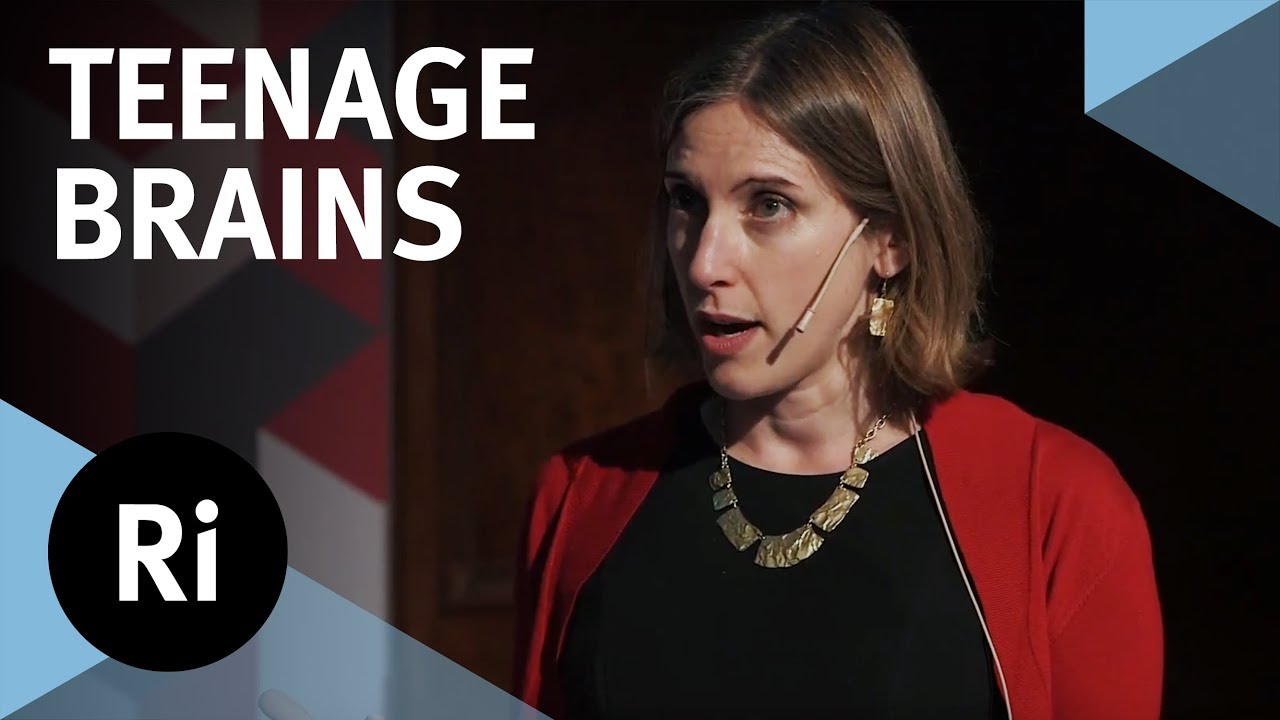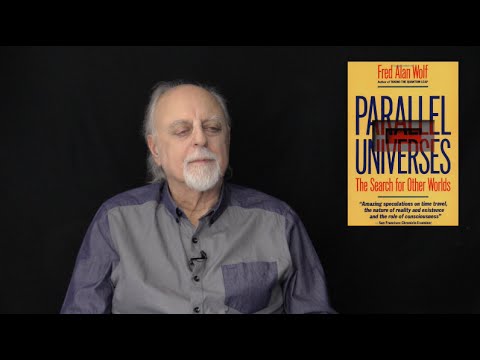The Royal Institution
How and why are teenage brains different from child and adult brains? And how do adolescent experiences make us the adults we become?
Subscribe for regular science videos: http://bit.ly/RiSubscRibe
Drawing upon her cutting-edge research, award-winning neuroscientist, Sarah-Jayne Blakemore will explain what happens inside the adolescent brain, and what her team’s experiments have revealed about our behaviour, and how we relate to each other and our environment. Our adolescence provides a lens through which we can see ourselves anew. It is fundamental to how we invent ourselves.
Watch the Q&A: https://youtu.be/IdKFVqHES0k
Sarah-Jayne Blakemore is Professor of Cognitive Neuroscience at UCL. She is Deputy Director of the UCL Institute of Cognitive Neuroscience and leader of the Developmental Cognitive Neuroscience Group. Her group’s research focuses on the development of social cognition and decision making in the adolescent brain.
This talk and Q&A was filmed in the Ri on 4 June 2018.
—
A very special thank you to our Patreon supporters who help make these videos happen, especially:
Ashok Bommisetti, Avrahaim Chein, bestape, Elizabeth Greasley, Greg Nagel, Lester Su, Rebecca Pan, Robert D Finrock and Will Knott.
—
The Ri is on Patreon: https://www.patreon.com/TheRoyalInstitution
and Twitter: http://twitter.com/ri_science
and Facebook: http://www.facebook.com/royalinstitution
and Tumblr: http://ri-science.tumblr.com/
Our editorial policy: http://www.rigb.org/home/editorial-policy
Subscribe for the latest science videos: http://bit.ly/RiNewsletter
Source



First
Second
Why am I chasing girls? I'm 19
I was never like this before
adolesence stops with your first gray hair.
4:29, they look just like a bunch of teenagers glued to their phones. 😀
Here's why its OK to mock teenagers. Everyone has had that experience. It crosses all generations it crosses all races. Everyone remembers being a dumb teenager, and doing dumb teenager things.
I say that the 8-14 age period is the stage where the individual looks primarily to connect with others in their larger community (outside of close friends and family) to work on collaborative projects that help give their immediate friends and family something beneficial to life. It's the first person output, second person input, and third person output stage, as I see it.
The 14-24 age period is where the individual connects with immediate friends and family to create novel solutions to their larger community's needs. This is the first person output, second person output, and third person input stage.
These are all based on systems growth, using first, second, third, and fourth person awareness which individually fluctuate between input and output stages. (And the ages are based on Fibonacci patterned growth, with 9 months as the initial unit.)
40:00 I feel like people should be arranged in the order their balloons popped, then from biggest balloon to smallest.
Then they should say their ages. If her theory is correct the first person to have their balloon pop should be the youngest, then it should slowly go up.
The theory that men take more risks than women may also play a role in the results.
Also, I am the 11th person to post.
The last expt didn't appear to show anything. The real answer is 424……….ounces? You should state units. And the graph did not show any effect to confirm her hypothesis. Which was what exactly? And she skipped over it, slightly embarrassed. Teenagers take more risks guessing the circumference of the London Eye when among their peers? People tend towards consensus when they discuss? Unexplained.
did she come back to those two early questions?
I'm still figuring myself out at 24!
What does figuring yourself out
have to do with being a teenager?
I wonder if synaptic pruning decreases in children who are more intellectually stimulated. As if the less the brain is used, the less the need for synapses.
I do not know people make fun of old people all the time, and it seems okay. Midlife crisis is mocked too. Do not think teenagers are all that special.
Ahh there are also large cultures where children remain in multi generational households/close communities with their parents and grandparents their whole lives. The expectation of leaving and having one’s “own household” is a privileged one of industrial western capitalism.
Adolescent Risk Taking: Groups vs Individuals. My belief is that the willingness to take increased risk in groups is due to ancient hunter-gather behavior. As a lone individual, taking a risk like crossing a river where you are, instead of walking for hours to find a better spot to cross is much less risky in a group. Alone if you break your leg then you will likely die; and Darwin selects against this behavior. In a group, breaking your leg will result in a longer slower journey but death is much less likely since with the assistance of the others in the group, the individual with the broken leg is much more likely to survive and reproduce into the next generation.
Excellent lecture, Sarah-Jayne is very engaging and understandable. More like this please.
Also bonus points because Sarah-Jayne and I'm a Dr Who nerd. 🙂
I love the quick use of mobile phones to participate during the lecture. The close-up shots will be fun to see 10 years from now; the statistics were also interesting to see.
It's absolutely fascinating to listen to a brain describe it's own development.
“There are so many things I want to say to you but I don’t.” Amazing presentation! Loved it!
20:43 is where the neuroscience begin
I think the balloon exercise was a failure . It failed to show that age had anything to do with taking more risks with the balloon. lol. were the youngest is the group responsible for bursting the balloons and did the oldest win? Anyway, thought it was going to be more interesting, maybe her book goes a bit more into it than risk taking and embarrassment of their parents. She did highlight that the idea of the adolescent is not some newly invented concept. But based on those two factors, I was not a typical teenager!
I liked the poem at the end!
This was a brilliant lecture, I thoroughly enjoyed watching it. Fascinating! Thanks.
Excellent lecture!!! I work with adolescents. I present substance abuse prevention seminars to students, parents, teachers and administrators. Would it be possible to get a copy of your power point slides? I can pay. This information is very relevant to students, parents and schools. I can send you my contact information. Thank you so much!!